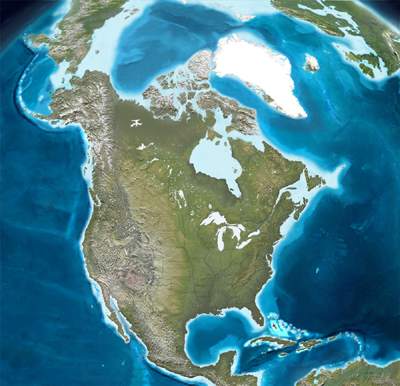- Geografi ; natur ;
demografi ; historie ; kultur ; kunst ; film ; musik ; politik
; politiske partier ; forsvar ; fredsbevægelser ; religion ;
sociale forhold ; uddannelse ; økonomi og
våbenhandel.
- Geography; Nature and climate; Demography; History; Wars;
Culture ; Art; Film; Music; Politics; Political parties ; Defense;
Peace movements; Religion; Social conditions ; Education ,
Economics and Arms trade.
- Géographie; Nature et climat; Démographie;
Guerres; Histoire; Culture ; La musique; Politique; Partis
politiques ; La défense; Mouvements de paix; Religion;
Conditions sociales ; Éducation; Économie et commerce
des armes
-
-
- Se også: Europæisk
slavehandel
/ European slave trade
/ Traite européenne des esclaves
/ Comercio europeo de esclavos
/ Europäische Sklavenhandel
- Se tillige: Latinamerikas
demografi.
-
- International Migration in the Americas: First Report of the
Continuous Reporting System on International Migration in the
Americas (SICREMI) 2011.
p.; cm. Includes bibliographical references. (OEA Documentos
Oficiales; OEA Ser.D)
- http://www.oecd.org/migration/48423814.pdf
- International Migration in the Americas: Second Report of the
Continuous Reporting System on International Migration in the
Americas (SICREMI) 2012.
https://www.oecd.org/els/mig/G48952_WB_SICREMI_2012_ENGLISH_REPORT_LR.pdf
Canada and the United States, after a decline of 12% in 2009 in
temporary work migration, registered an increase of 5% in 2010.
Permanent migration in these countries saw virtually no change in
2009, and in 2010 a drop of 4%. This type of migration is
determined largely by numerical limits specified by the respective
governments of these two countries and in recent years has not seen
its levels adjusted in response to changes in economic
conditions.
In Latin America and the Caribbean, despite the improvement in
economic conditions in 2010, permanent immigration declined by 9%
and temporary movements by 6%. Most of this is the consequence of
declines in two countries, namely Brazil where the 2010 decline in
permanent migration reflected the effect of a regularization in
2009, and in Argentina, which reflected a decline in
regularizations from the Mercosur Patria Grande Program. Growth
rates in immigration for Latin American and the Caribbean as a
whole have fallen continuously from the rates observed in the
pre-crisis period in 2007, when the levels of immigration were
admittedly low
Send
kommentar, email eller søg i
Fredsakademiet.dk



